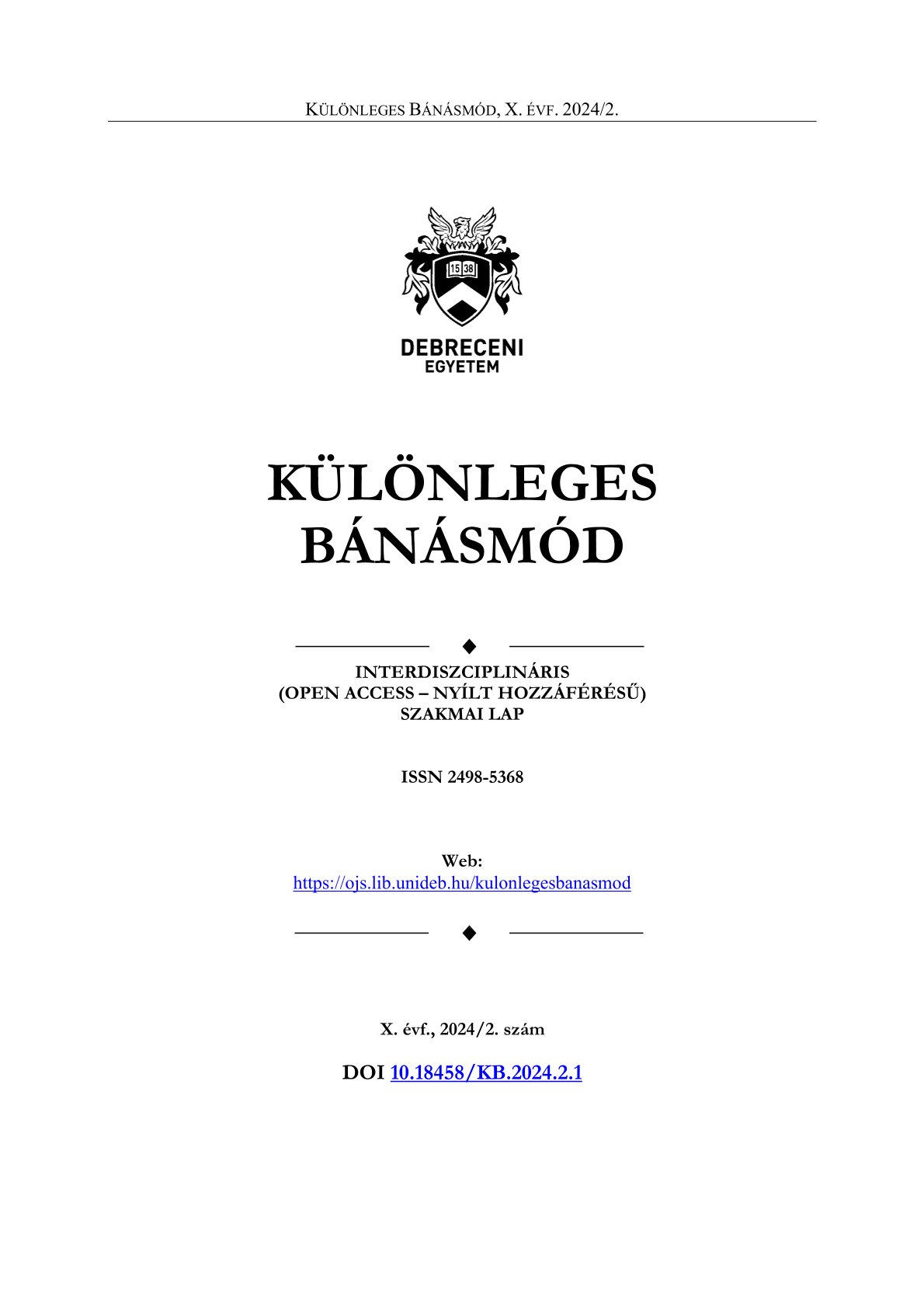Improving the Movement of SEN Children with the Help of a Therapy Dog
Authors
View
Keywords
License
Copyright (c) 2024 Loredana Muntean (Ph.D), Éva Zita Balogh

This work is licensed under a Creative Commons Attribution-NonCommercial-NoDerivatives 4.0 International License.
How To Cite
Abstract
The therapeutic relationship with animals is crucial for psychological, somatic and social health, as it enriches the well-being of the functional whole (Bánszky et al., 2012). Regular contact with animals strengthens people's experience of responsibility, attachment, unconditional acceptance and love, and also creates a sense of security, as the very existence of an animal reduces anxiety symptoms, loneliness and social isolation. In addition spending time with animals helps to optimise different movements. This paper presents of an ongoing research project. The main aim of our research is to highlight the importance of canine-assisted therapy in refining the movement of children with special educational needs by having them participate in canine-assisted therapy sessions on a weekly basis, during which, in addition to anamnesis and observations, we measure the children's development using a scale (Portage scale) that is accepted in special education. It is hypothesised that the animal-assisted therapy will have a significant positive impact on the large and fine motor skills of children with special educational needs. Our chosen research methods are case study and observation. Data processing requires both qualitative and quantitative analysis.


 https://doi.org/10.18458/KB.2024.2.47
https://doi.org/10.18458/KB.2024.2.47